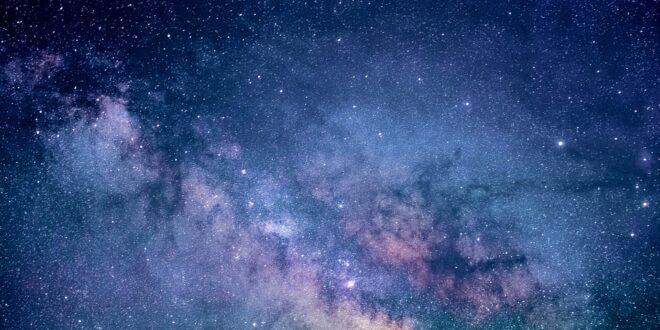The Universe’s hidden beauty – Top 20 discoveries of Astronomy
The study of the Universe has fascinated humanity for centuries. From the first recorded observations of celestial objects made by ancient civilizations to the latest scientific breakthroughs, Astronomy has never failed to amaze us. Here is a list of the Top 20 impressive discoveries in Astronomy that have expanded our understanding of the universe, revealed the hidden beauty, and unravelled the mysteries.
The Heliocentric Solar System Model
In 1543, Copernicus wrote a book called De Revolutionibus Orbium Coelestium, which laid the foundations for modern astronomy. One of the most significant discoveries in the book was the heliocentric model of the solar system, where the Sun is the center rather than Earth.
The Laws of Planetary Motion
Johannes Kepler discovered that planets orbit the sun in elliptical (rather than circular) paths – this became the basis for the laws of planetary motion.
The Telescope
The development of the telescope during the 17th century was a monumental step forward in the study of astronomy. Galileo, Kepler, and many other astronomers were able to collect invaluable data on the nature of celestial objects and the position of heavenly bodies using telescopes.
The First Comet Observatory
A comet observatory was established in the late 16th century by Tycho Brahe, where he discovered the Great Comet of 1577.
The First Observations of Mars
The Italian Astronomer Giovanni Schiaparelli’s observations of Mars featured the emergence of the Valles Marineris Marineris formation in 1877.
The Expanding Universe
In 1920, Edwin Hubble discovered something incredible – that the Universe was up to four times larger than previously believed.
The Cosmic Microwave Background Radiation
In 1965, the discovery of cosmic microwave background radiation by Arno Penzias and Robert Wilson became the strongest piece of evidence to support the Big Bang Theory.
The First Black Hole
John Michell saw the “Dark Stars” that were identified later as undetectable black holes with powerful gravitational forces.
Supernovas
Supernovae, which is said to be the ultimate ending of a massive star, is one of the galaxy’s most up-to-date discoveries, the recurring explosions which obliterates far more amount of matter they produce.
The Redshift Aspect of Galaxies
Various noticeable galaxies are moving away from one another (enlarging as well). Thanks to Edwin Hubble’s vision, scientists now understand redshift as a relational distance indicator.
The First Exoplanet
In 1995, planets beyond our sun were discovered for the first time (known as exoplanets) Michel Mayor and Didier Queloz –
The Kepler Mission
About 10 years ago, NASA’s Kepler Mission verified 4,000 planets went into outside solar systems in the zone where life can exist.
The Pinwheel and for Navigating Using Pulsars
The first navigation device that uses astro-navigation is called a Pulsar Measurement and Navigation (PMR). Two neutron stars are thought to exist together, quick that a contact period is in between them.
Gravitational Waves
In 2015, the Laser Interferometer Gravitational-Wave Observatory (LIGO) team announced detection of Gravitational Wave observation, caused by the merging of two black holes from 1.3 billion years ago.
The First Image of a Black Hole
The Event Horizon Telescope’s image of a black hole marked the first-ever observational contributions in the space-time curves which black holes expose.
The Solar Wind Enigma
As opposed to some other sciences, a paradox happens in Space Science regarding the Solar Wind’s temperature, which was researched.
The Closest Black Hole to Earth
The nearest black hole to Earth appears to have been accurately observed in V616 Monocerotis, about 3,000 light-years away.
The Oort Cloud
The Oort Cloud has been postulated because there would be countless numbers of icy objects, even one dwarf planet’s pule to sway in that scale.
The Latest Measurements of Dark Energy and Dark Matter
Our understanding of Dark Energy and Matter and Multi-messenger astronomy has grown in the past decade, as some discoveries suggest alternative theories.
Merging stars create gold cannabinoids
When any two neutron stars join, gravitational waves burn the universe aside, signaling when heavier elements get formed, stated Caltech Professor of Theoretical Astrophysics. Other heavy metals, are minted when this happens, including silver and golden—a Canadian professor said.
Conclusion
The universe opening up understanding throughout us is daunting and exciting. The rewards and technologies attained by users made pursuing these modern research outlooks exciting. The mysteries, greater chances, mixed with intertwined or artistic transformation as sightings will continue to happily grab humanity.
 Mind Uncharted Explore. Discover. Learn.
Mind Uncharted Explore. Discover. Learn.



